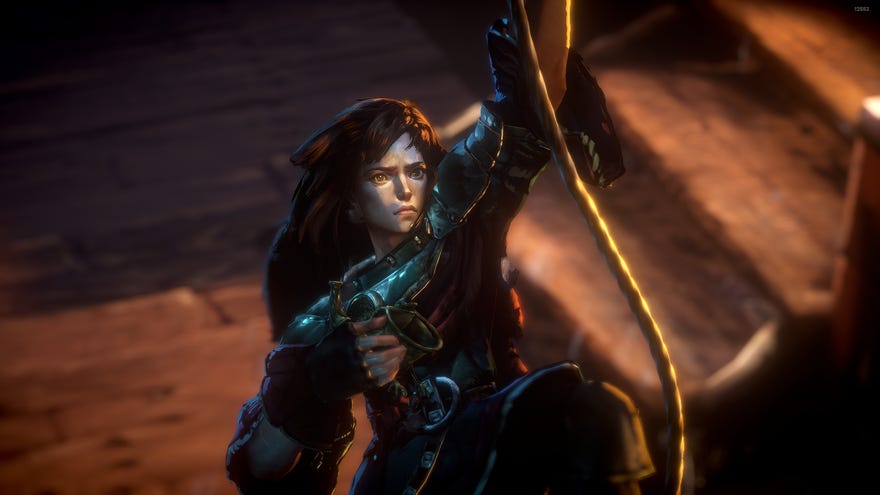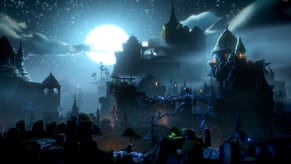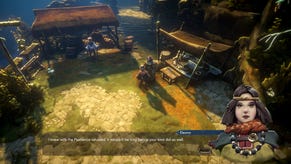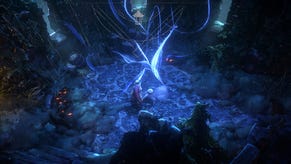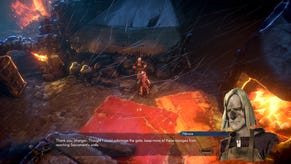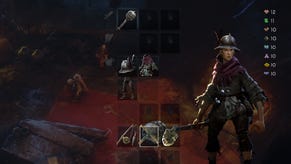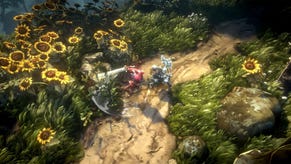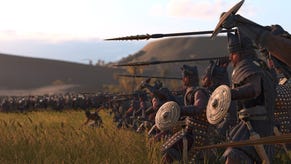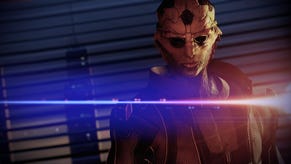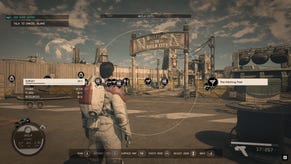No Rest for the Wicked’s PC performance suggests the wicked might be better off waiting
Got them early access growing pains
Lured like an unsatisfied sailor by the siren song of alleged performance woes, I’ve been giving No Rest for the Wicked a cursory benchmarkin’, and yes! The isometric ARPG does suffer from all the early access wonkiness you’ve likely heard about already today.
I haven’t personally witnessed every single transgression listed by developers Moon Studios in their known issues blog post, helpfully posted just after the game went on sale, but there’s clearly more to be done in tackling No Rest for the Wicked’s slowdown and stuttering. And even having known beforehand of the lack of key rebinding, I’ve still be surprised by how un-PC-like it is in the menus: there are no individual graphics quality options, only a choice of four presets and various resolution scale sliders. DLSS is greyed out, apparently "coming soon," and there’s no alternative upscaler for non-RTX graphics cards that I can see.
Those scary-looking system requirements, despite assurances that they were based on an older, slower build, also turn out to be a mix of under and overselling the game’s technical demands. I suspect they’re based on the use of a dynamic resolution target, something most games (rightly) have disabled by default. I didn’t have a minimum-spec GTX 970 to test, but could substitute a similarly powerful GTX 1060, and with dynamic rez disabled it could only average 30fps with the lowest Performance preset at 1080p. And even then, it would regularly fumble into drops as low as 11fps, with a more sustained sub-20fps period during the opening ship battle.
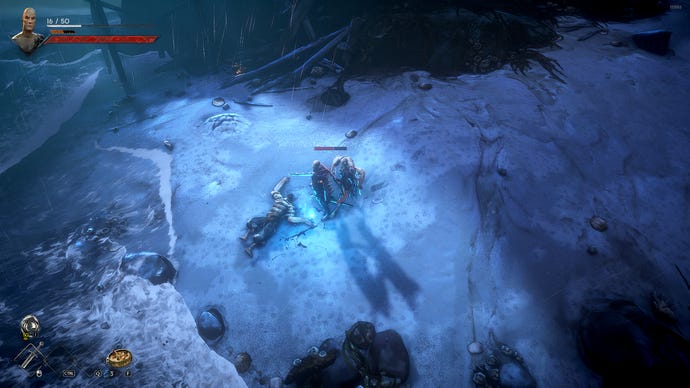
On the bright side, I wouldn’t share the recommended specs’ view that an RTX 3070 Ti is necessary for smoother 1080p, though right now you shouldn’t go too far below that either. My RTX 3070 averaged 56fps on the top Best Quality preset and 66fps on Quality, still without dynamic resolution scaling, though again, there were plenty of stutters where this formerly high-end GPU dropped into the forties. I’m also concerned about No Rest for the Wicked’s ability to scale with much faster hardware – having upped the native resolution to 1440p, the RTX 3070 produced 62fps on Quality, while the considerable upgrade of an RTX 4070 Ti only improved that to 68fps on the same settings.
Oddly, the hardware that had ran No Rest for the Wicked with the fewest surprises was the Steam Deck. Having sucked it up and accepted the game’s own default Deck settings, which included the Performance preset, 80% render scale and dynamic resolution with a 30fps target, it did indeed manage to stay within the 30-40fps range more often than not. It dipped into the twenties a couple of times during that testy tutorial, and lower during certain cutscenes, but was never submerged below that 30fps target for more than a moment or two.

It could still do with some help on the Steam Deck, mind. Taking such a huge knife to resolution settings meant that some fights took some squinting to live through, and even with the infinite contrast of the Steam Deck OLED’s screen, some areas were so dark I couldn’t rightly tell what was happening in them. Not ideal, especially for something as unforgiving as a Soulslike.
To conclude! Your PC will almost definitely have a better time with No Rest for the Wicked if you wait for the early access wheels to roll for a while. More detailed graphics settings are supposedly coming with the very next patch, and general performance improvements are in the works as well. The latter could help a lot – just look at Cities: Skylines 2! Just, y’know, not too closely.
